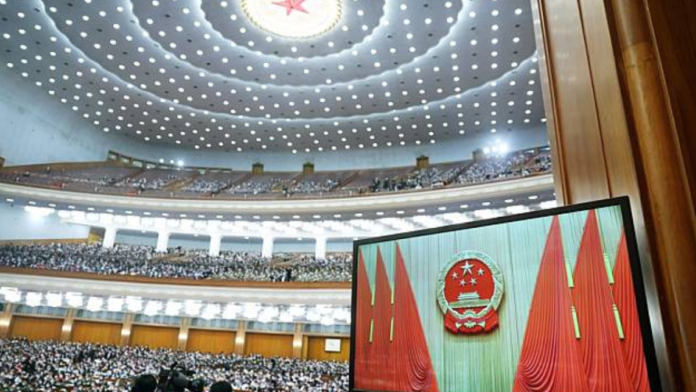The medium-term economic prognosis for China is becoming more and more hazy. China’s fast ascent has captured the attention of the world, yet discussion of Chinese declinism is becoming more prevalent. The nation’s economy expanded at an average yearly pace of 9% between 2000 and 2019. Still, it has since significantly slowed down and is now expanding at half that rate in an unpredictable manner. China announced negative consumer price inflation in -0.3%, indicating a deflationary slowdown, in response to concerns about inflation throughout the world. Due to a number of structural and cyclical issues, it is becoming less probable to achieve over 5% growth over the medium term.
When China’s economy was expanding in 2019, the government launched a number of initiatives to strengthen state authority, lessen the impact of market forces, and fight corruption. The goal was to destroy alternative power structures in China in order to concentrate power under President Xi Jinping’s authority. But it now seems that this change from a state-directed paradigm to one driven by the private sector was made too quickly.
China’s economic prospects have also been harmed by the way it handles international firms. Due to the prosecution of foreign companies and businesspeople for actions deemed routine in most jurisdictions following the enactment of an anti-espionage law, it is difficult to find workers prepared to migrate to China. As a consequence, foreign direct investment (FDI) has decreased.
The COVID-19 epidemic and China’s total shutdown, which was followed by an abrupt and delayed reopening, have caused economic disruptions. Suppressed demand, unsold inventory, overly indebted firms, and falling prices have all hurt the real estate industry. Major real estate giant Evergrande has over $300 billion in debt, and a 99% decline in its share price has resulted in a default on certain international creditors. This circumstance is typical of the larger, indebted industry.
China has not been successful in moving its economy away from fixed asset investments and towards domestic consumption. Although it is steadily improving, consumer sentiment is still below 2019 levels. The negative ‘wealth impact’ brought on by declining real estate values has prevented excessive household savings from being converted to spending.
China’s one-child policy, which has been in place for several decades, is causing worrying demographic decreases. The rate of youth unemployment has increased, but Beijing won’t provide official statistics. The population of the nation has peaked, and growth forecasts are questionable given the high rate of unemployment. The Chinese yuan is depreciating significantly as a result of a decline in consumer and private business confidence.Still, it could be too soon to call for a long-term downturn in China. Beijing has managed the issue using monetary and fiscal policy tools, but it is wary because of the large amount of public debt it has.China faces not just economic difficulties but also the possibility of having to limit its ambitious expenditure on geostrategic initiatives. China may need to take a more measured approach, concentrating first on Asia before pursuing further expansion, as the US and China continue their superpower race. In a number of nations, the Belt and Road Initiative (BRI) has seen some project reductions.
China and the US continue to compete, but China is losing ground to the US in the battle to become a superpower. This might make China more defensive or, on the other hand, more forceful in an attempt to deflect attention from its economic problems.
We wish for the former for the sake of world peace and stability. Mario Andretti once said, “If you have everything under control, you are probably not moving fast enough.” China’s present problems serve as a reminder that even the most powerful countries need to change and adapt in order to survive in a world that is changing quickly.




